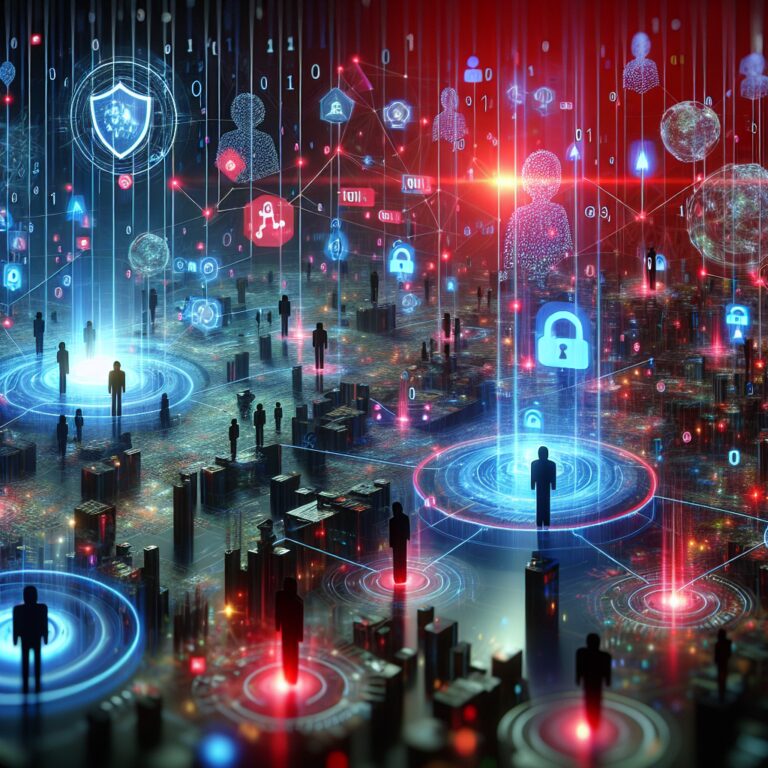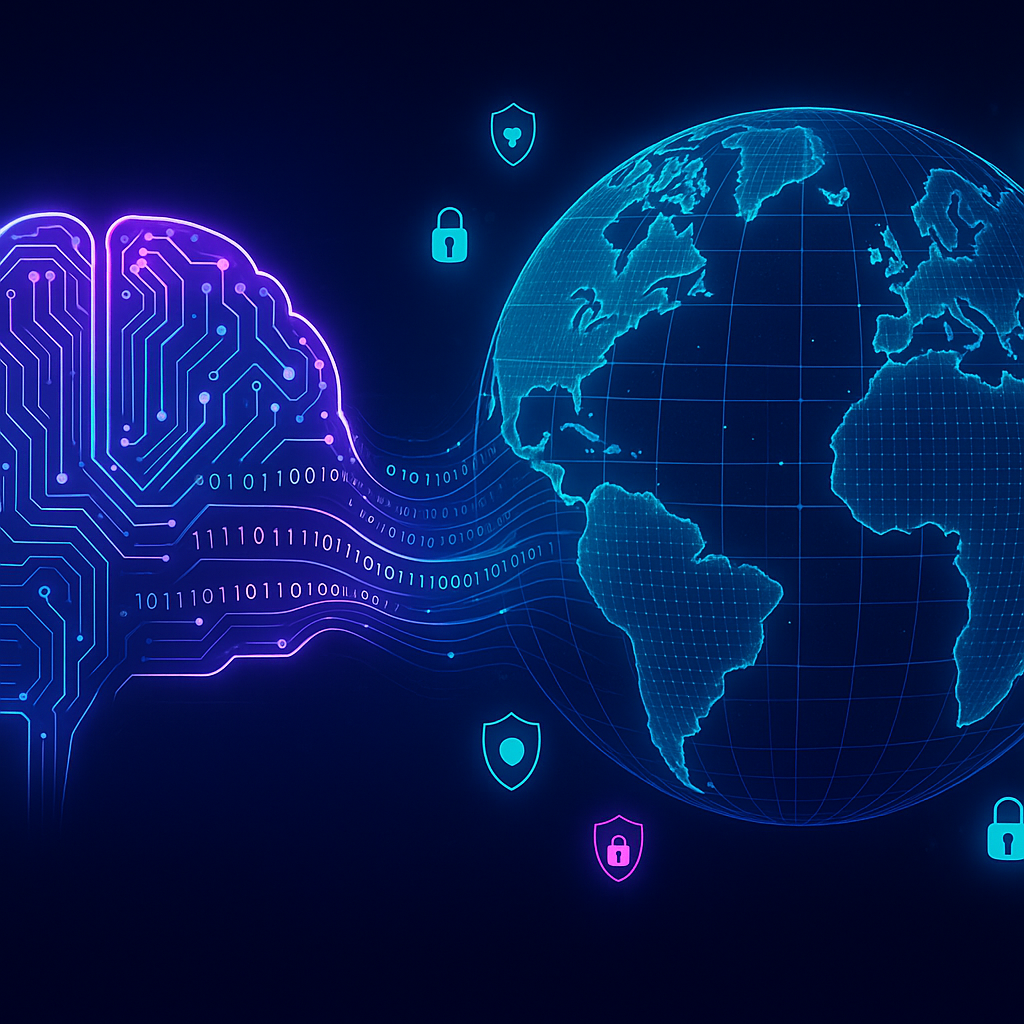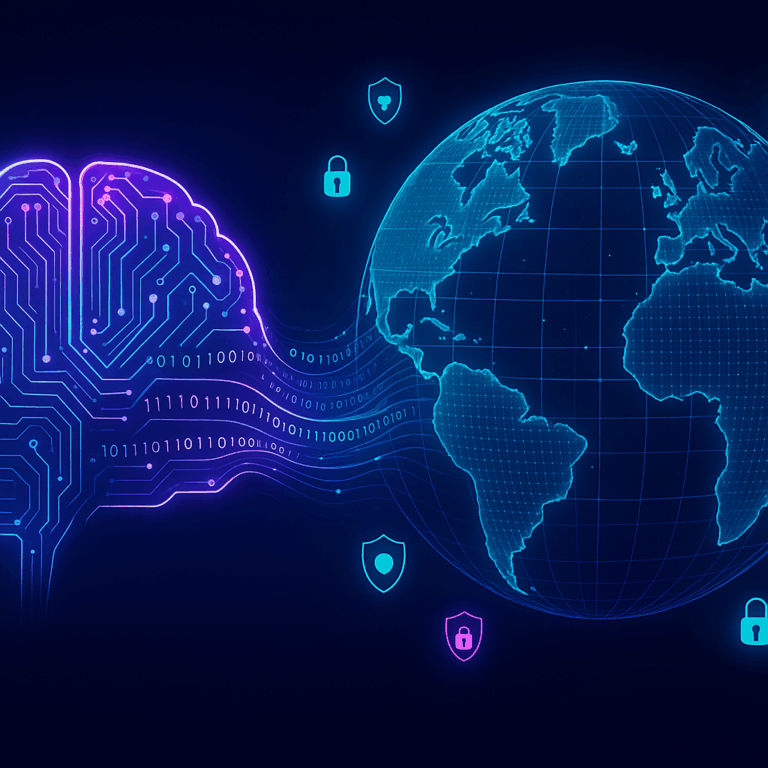
“`html
AI-Driven Social Engineering: Rising Threats in Cybersecurity
Welcome to a brave new digital battlefield! As cybersecurity professionals, we find ourselves standing on the brink of an era defined not by human hackers, but by artificial intelligence systems capable of executing sophisticated cyber-attacks at an astonishing scale. Today, we deep dive into a specific menace – AI-driven social engineering – a topic that’s critical to understand and even more crucial to counter. Stay with us as we navigate the intriguing mix of AI capabilities, cybersecurity vulnerabilities, and how you can bolster your defenses against these unrelenting threats.
Understanding AI-Driven Threats
In the past, social engineering primarily relied on human intuition and cunning. But AI has transformed tactics by leveraging machine learning and natural language processing to automate and perfect these attacks. AI can analyze vast amounts of data, identify patterns, and craft highly personalized social engineering schemes, sometimes so subtle that even a trained eye cannot detect them.
Beneath the Surface: Let’s break down the elements that make AI-driven social engineering a looming threat:
- Automated Phishing Attacks: AI can design emails that closely mimic genuine correspondence, making them more convincing.
- Deepfake Technology: Audio and visual AI tools can now convincingly replicate voice or video, misleading even the most cautious of targets.
- Data Mining: By scouring social media and other digital footprints, AI systems can gather detailed insights on potential targets, enhancing the success of attacks.
Key Challenges in Mitigating AI-Driven Social Engineering
1. Identifying Advanced Threats
The major challenge lies in distinguishing legitimate interactions from covert, AI-generated manipulations. Traditional methods often fall short here due to the sheer sophistication of AI-driven attacks. Advanced algorithms are needed that can detect subtle anomalies in behavior or communication. For instance, sophisticated AI-driven anomaly detection strategies can provide solutions:
- Incorporating machine learning models trained on normal behavior patterns to identify abnormal activities.
- Using neural networks to recognize slight deviations in language or style that could indicate AI-generated content.
2. Protecting Against Evolving Threats
AI technologies themselves are constantly evolving, often faster than traditional security measures can adapt. This calls for a proactive approach to security strategy:
- Continuous Learning Systems: Implement AI systems that evolve alongside threat actors. These systems need to update their knowledge base with each encounter.
- Behavioral Analysis: Leveraging AI to continuously assess user behavior can preemptively identify potential security breaches.
Actionable Strategies to Fortify Cyber Defenses
While the landscape is daunting, cybersecurity professionals can adopt several actionable strategies to mitigate these AI-driven risks:
Invest in Robust AI Security Solutions
Deploying AI-driven cybersecurity solutions will empower systems against similar AI threats. The use of AI in threat detection can recognize patterns, foresee threats, and neutralize them before they escalate.
Enhance Network Security Protocols
Building a resilient network requires multi-layered protection strategies. Implement protocols that nab threats before they penetrate deeper into the system:
- End-to-End Encryption: Ensure all communications are encrypted to prevent interceptions.
- Zero Trust Architecture: Foster a security model that continuously verifies identities, minimizing access to sensitive data.
Foster a Culture of Cyber Awareness
Human firewall is still an invaluable line of defense. Regular training, simulations, and updates can prepare your workforce to withstand AI-driven threats.
Real-World Implications and Future Considerations
Imagine AI systems that adapt and learn from failed attempts to breach security—each misstep makes them more elusive. The potential for harm is enormous, ranging from financial loss to reputational damage, particularly for businesses that handle sensitive information.
Cybersecurity experts must continuously engage with the latest advancements. Staying informed will allow professionals to anticipate, adapt, and counteract these threats effectively.
Conclusion
In this digital age, AI is either an unprecedented ally or a formidable adversary. Cybersecurity professionals, therefore, must leverage technology to fortify defenses against AI-driven threats. By staying informed, investing in the latest AI-driven security solutions, and fostering an educated workforce, we can enhance our cybersecurity posture significantly.
To delve further into AI-driven threats and safeguard your enterprise, explore reputable sources like the World Economic Forum, and stay ahead of emerging threats!
“`




